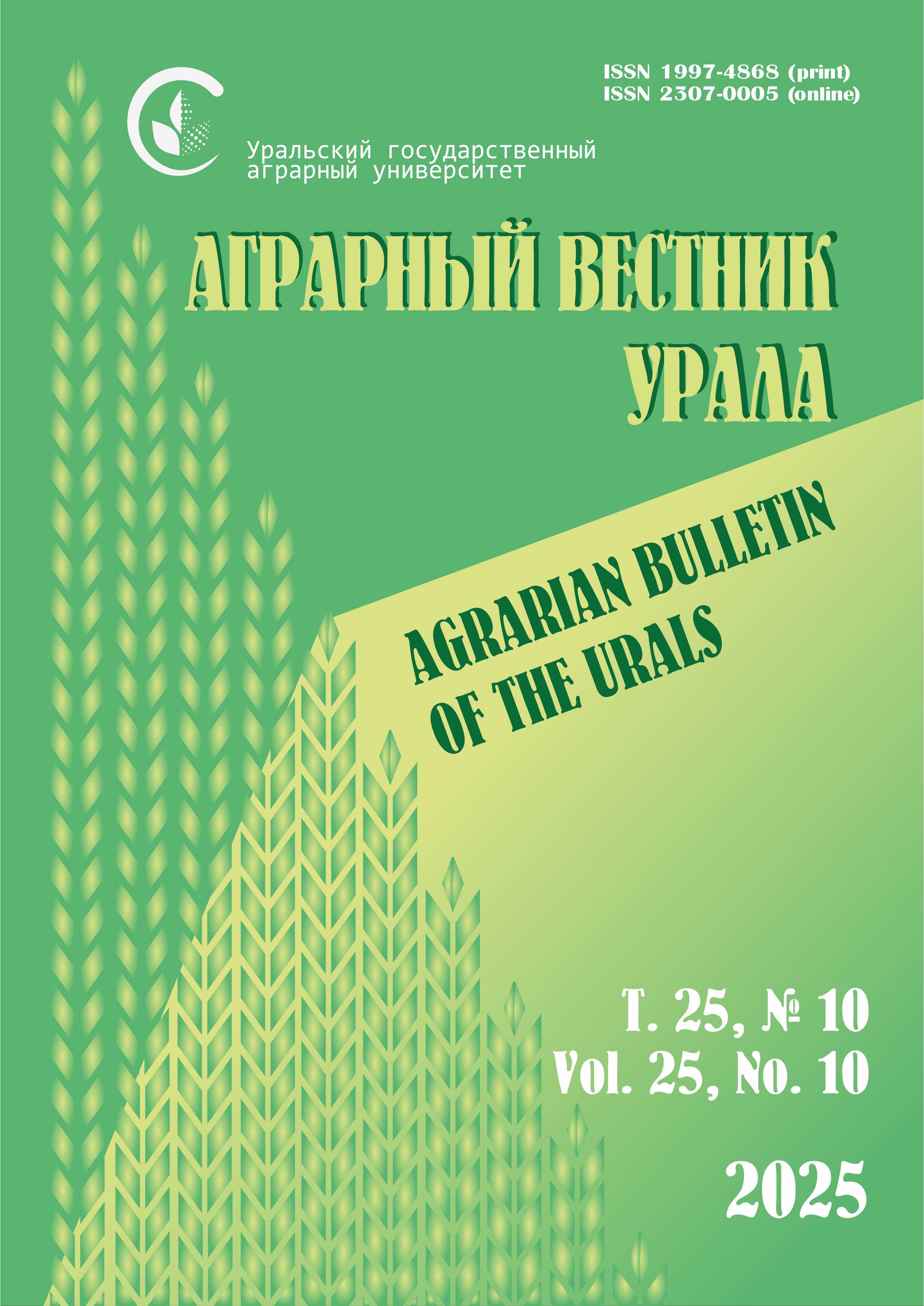Authors: I. G. Storchak, F. V. Eroshenko, E. O. Shestakova
North-Caucasian Federal Scientific Agrarian Center, Mikhailovsk, Russia E-mail: This email address is being protected from spambots. You need JavaScript enabled to view it.
Abstract. Currently, in the agricultural sector, research results are being actively used to predict crop yields using Earth remote sensing data. It is known that the resulting regression models depend on soil and climatic conditions of cultivation. In order to determine the degree of development and condition of plants, you can use the vegetation index NDVI. The advantage of this method is the objectivity of the estimates, and the ability to apply them to large areas. Unfortunately, studies of the influence of soil-climatic zones (CLC) of cultivation on the relationship between the yield of winter wheat and Earth remote sensing data are practically not conducted. The aim of the work was to identify the influence of the conditions of various soil-climatic zones of the Stavropol Territory on the features of the connections of Earth remote sensing data with the productivity of winter wheat crops. The studies were carried out on the basis of the FSUE “North Caucasus Federal Scientific Agrarian Center”. The objects of research were crops of winter wheat of the Stavropol Territory. In the course of work, the statistical data of the Ministry of Agriculture of the Stavropol Territory was used. The NDVI vegetation index was obtained using the VEGA service of the Space Research Institute of the Russian Academy of Sciences. The relationship between NDVI and winter wheat yield for the soil and climatic zones of the Stavropol Territory has been established. The resulting models have a high degree of
confidence (the coefficient of approximation is within 0.5–90.82, the correlation coefficient is 0.77–0.90). The regression model of the connection of the average NDVI for the vegetative-generative period and the grain yield of the Stavropol Territory, built using data from soil-climatic zones, has a fairly high accuracy (correlation coefficient 0.82, approximation coefficient 0.72). The use of Earth remote sensing data calculated by soil and climatic zones significantly increases the correlation between the NDVI vegetation index and the productivity of winter wheat sowing. This makes it possible to more accurately predict the yield for the entire Stavropol Territory.
Keywords: winter wheat, regression models, NDVI vegetation index, soil-climatic zone, yield.
For citation: Storchak I. G., Eroshenko F. V., Shestakova E. O. Osobennosti dinamiki vegetatsionnogo indeksa NDVI v razlichnykh pochvenno-klimaticheskikh zonakh Stavropol’skogo kraya [Features of the dynamics of the vegetation index of NDVI in different soil-climatic zones of the Stavropol territory] // Agrarian Bulletin of the Urals. 2019. No. 9 (188). Pp. 12–18. DOI: 10.32417/article_5daf47c545e434.25766589. (In Russian.)
Download the full text of the article












